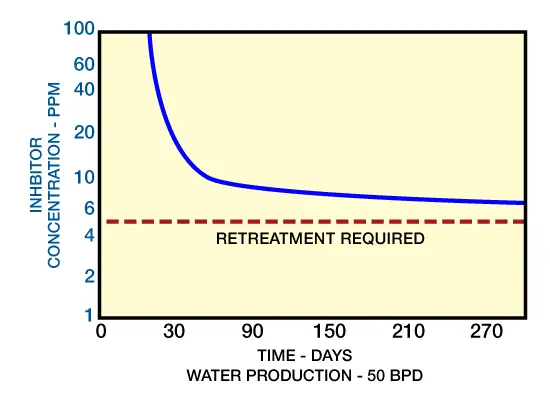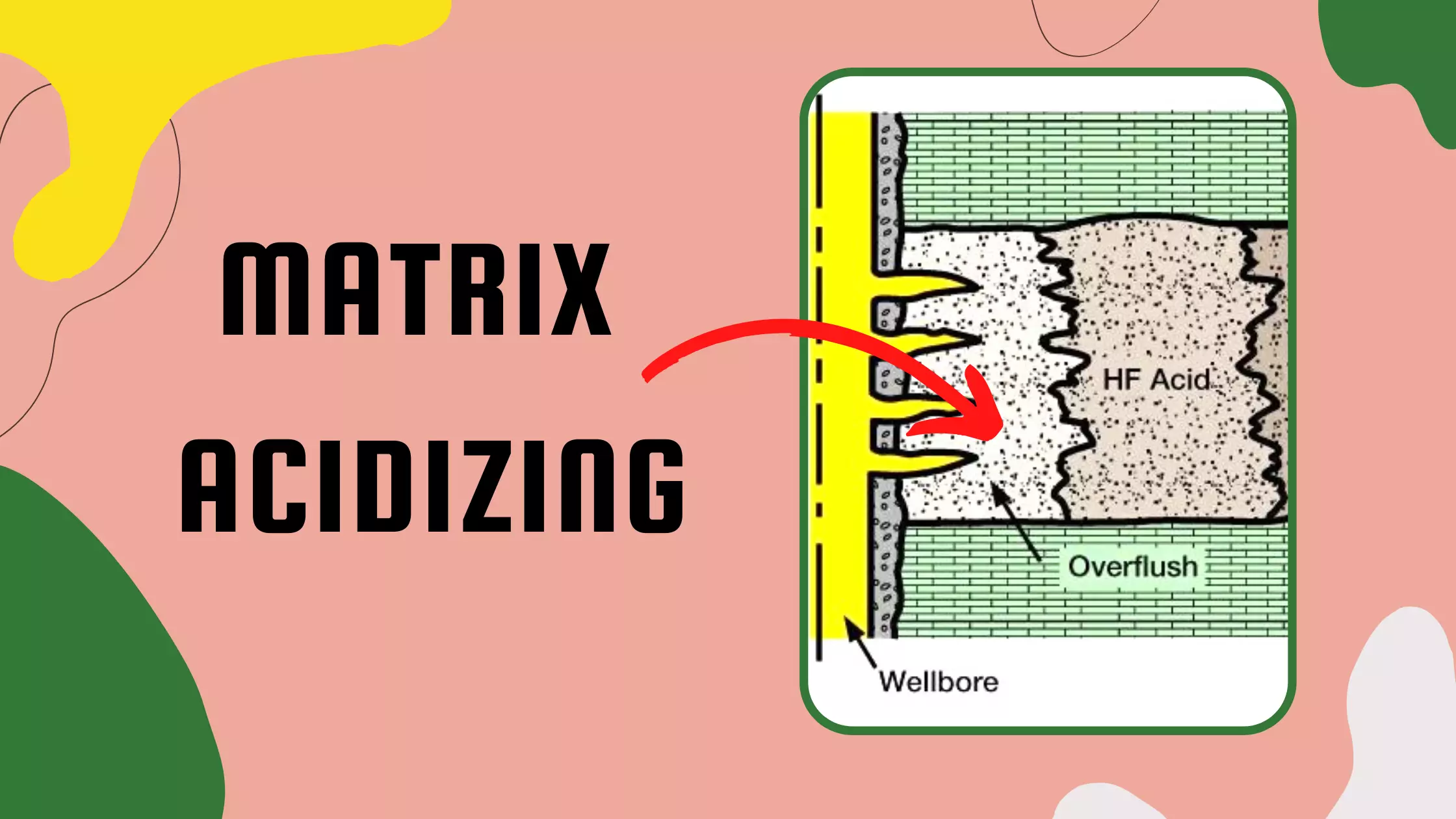Scale Prevention
Several methods of preventing scale formation are available. The two most successful and widely used methods are (1) the gradual placement of water-soluble polyphosphates (solid scale inhibitors) into the formation and (2) the use of liquid scale inhibitors.
Solid Scale Inhibitors: Solid polyphosphates are placed into the formation during water-base fracturing treatments. After placement, the polyphosphates dissolve very slowly in the water produced by the well. The amount of phosphate dissolved per unit volume of water produced is small but usually suffices to control scale formation. When placed properly, it can give long-term protection.
One argument against the use of polyphosphates is the placement method itself, which is not only relatively expensive but also not always possible. The material’s reversion to inactive calcium orthophosphate (calcium phosphate scale) in the presence of HCl also prohibits the use of acid treating solutions before and after its placement.
Liquid Scale Inhibitors: These inhibitors, including organic phosphates and synthetic organic polyelectrolytes, have also been widely used for scale control. Successful scale control depends on the adsorption of the inhibitor on the rock matrix and slow desorption into the produced fluids. The adsorption properties of inhibitors vary. Many scale inhibitors are effective in preventing scale but have poor adsorption properties, which makes frequent re-treatment necessary.
Figure 1 shows a liquid organic scale inhibitor that effectively prevents scale deposition in formation waters.

Its good adsorption properties provide long-lasting protection.
Placement of liquid scale inhibitors may be accomplished in three ways: (1) by the matrix squeeze technique, (2) as an additive in stimulation treatments, and (3) by metering the liquid into water injection systems.
 Petro Shine The Place for Oil and Gas Professionals.
Petro Shine The Place for Oil and Gas Professionals.



